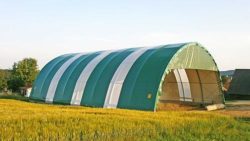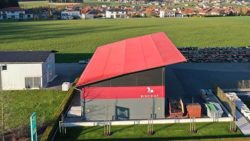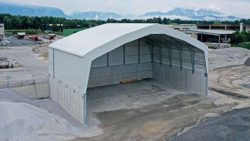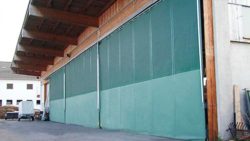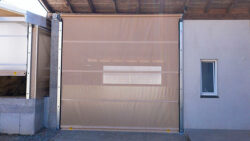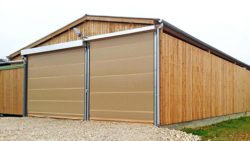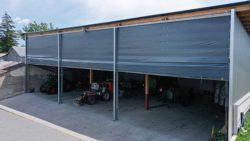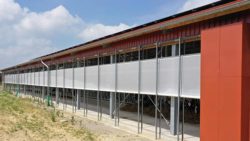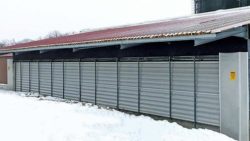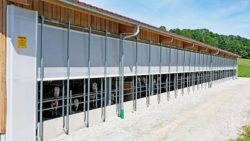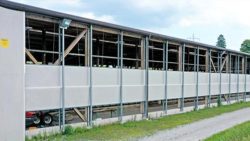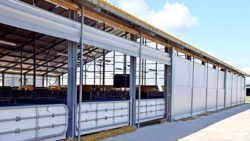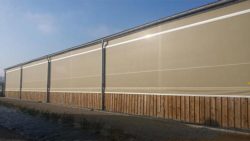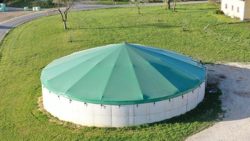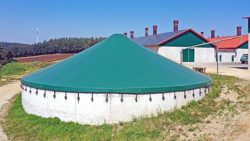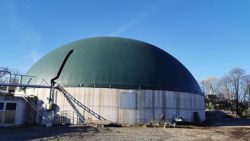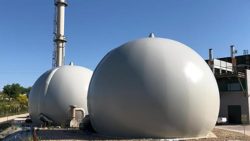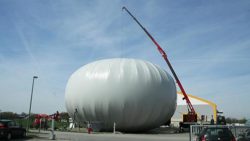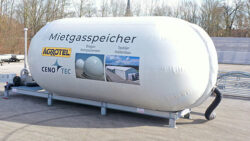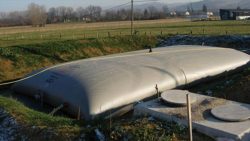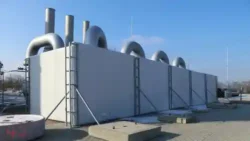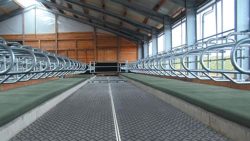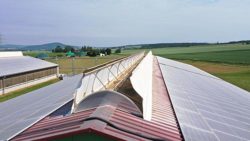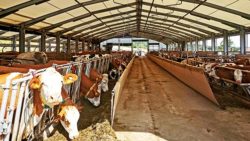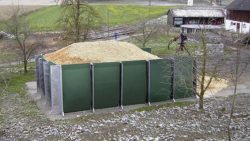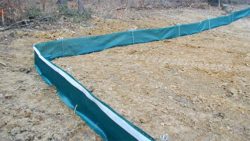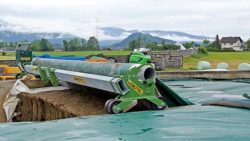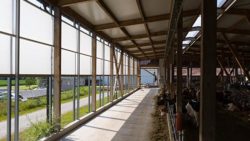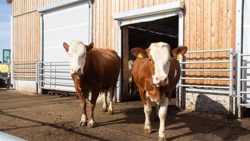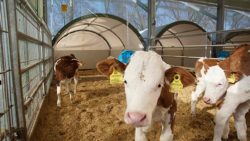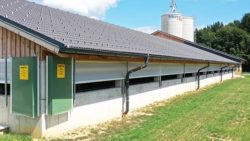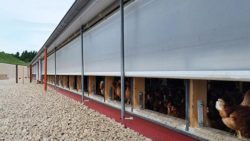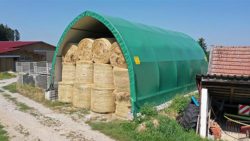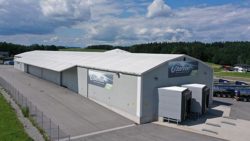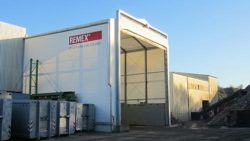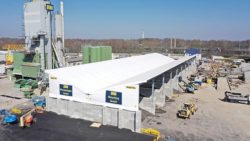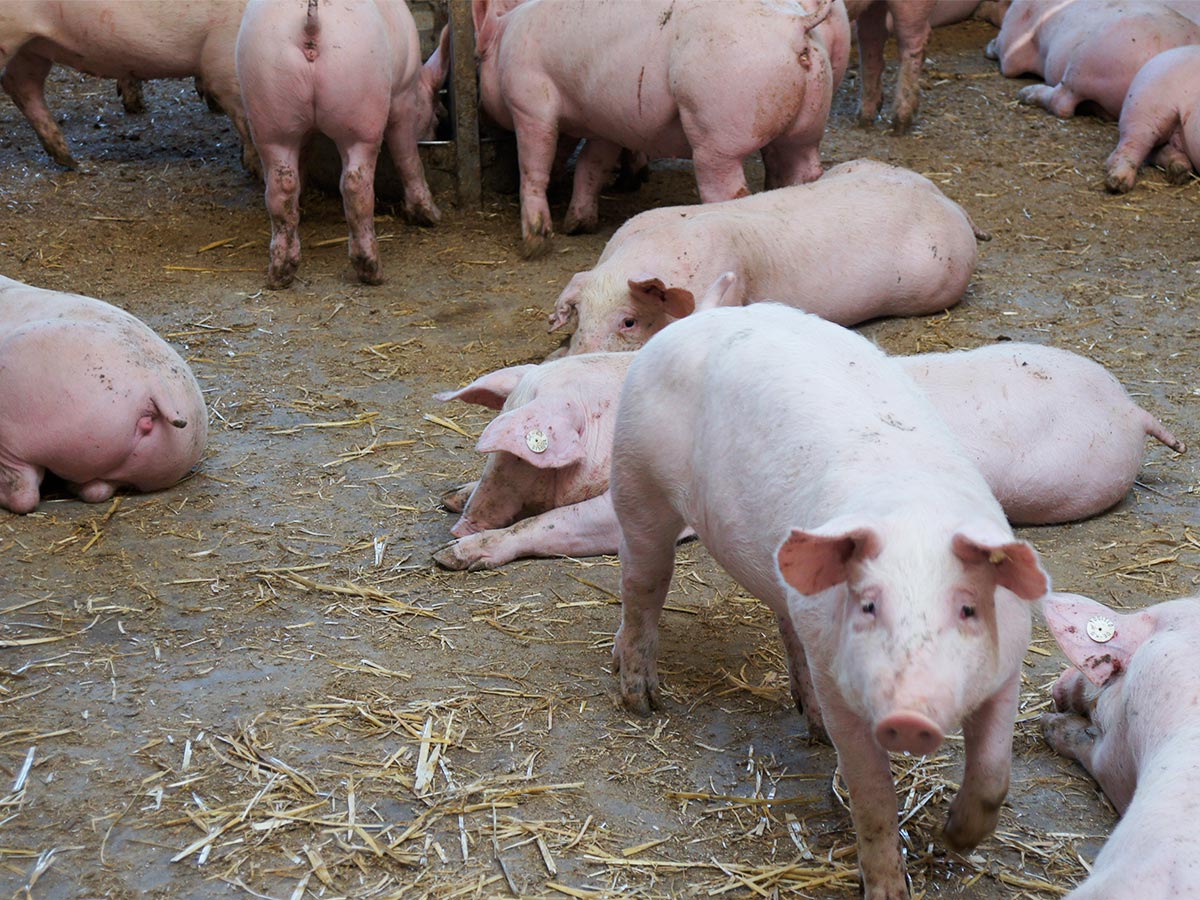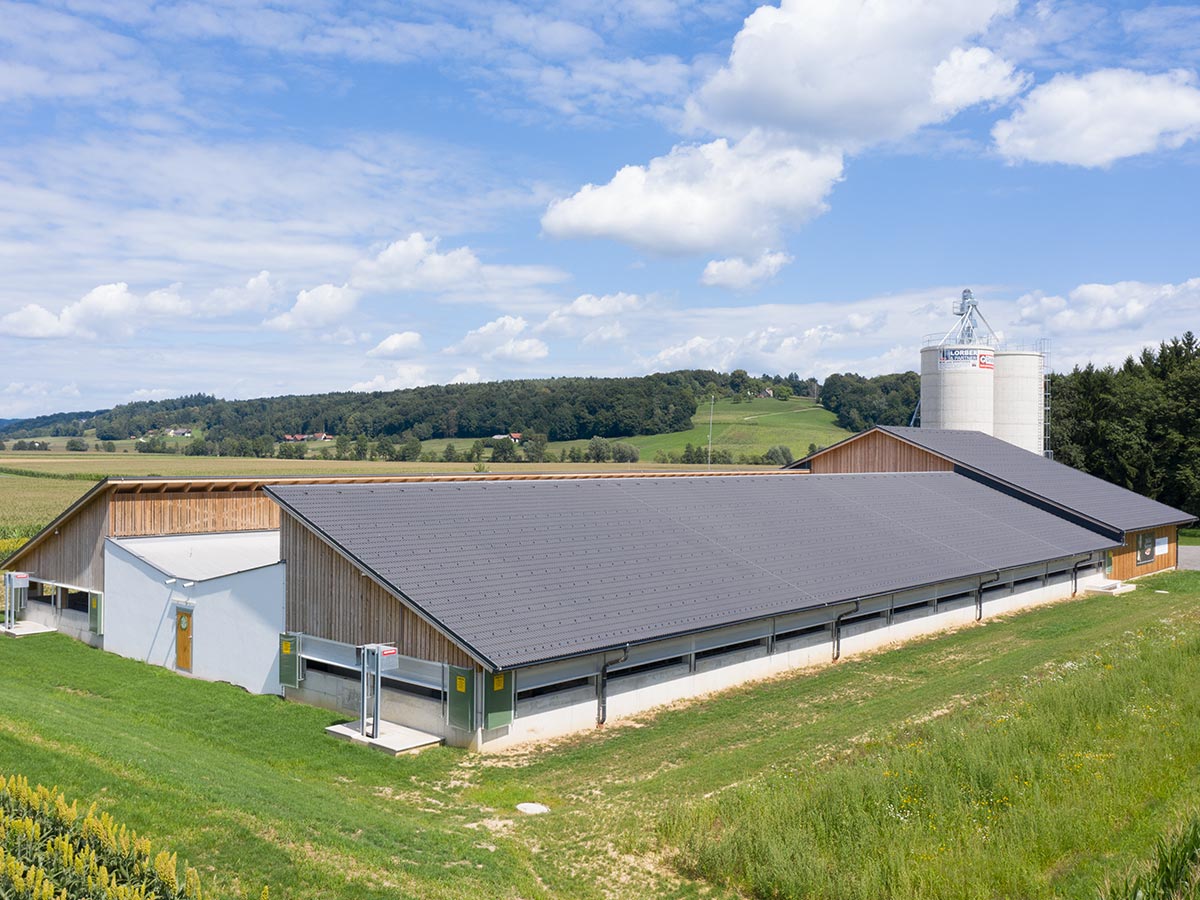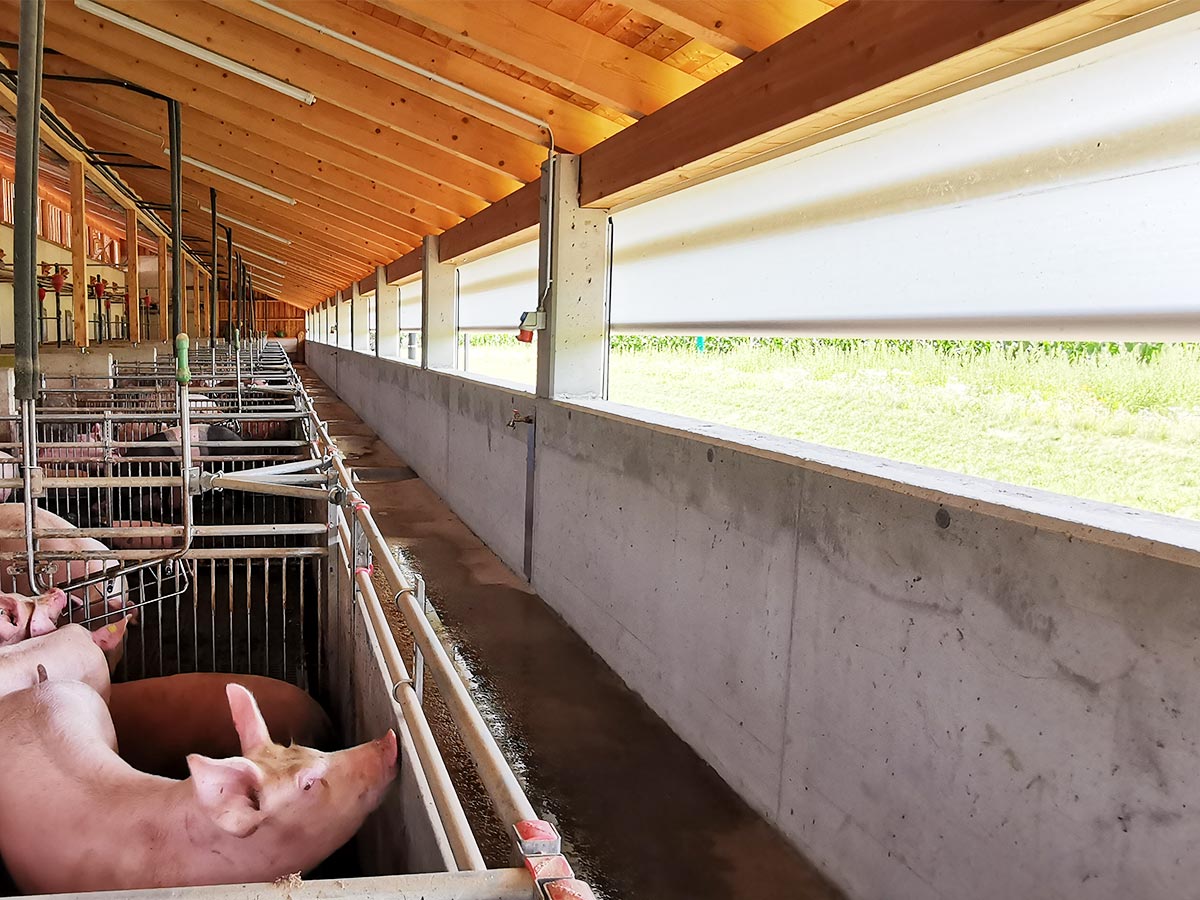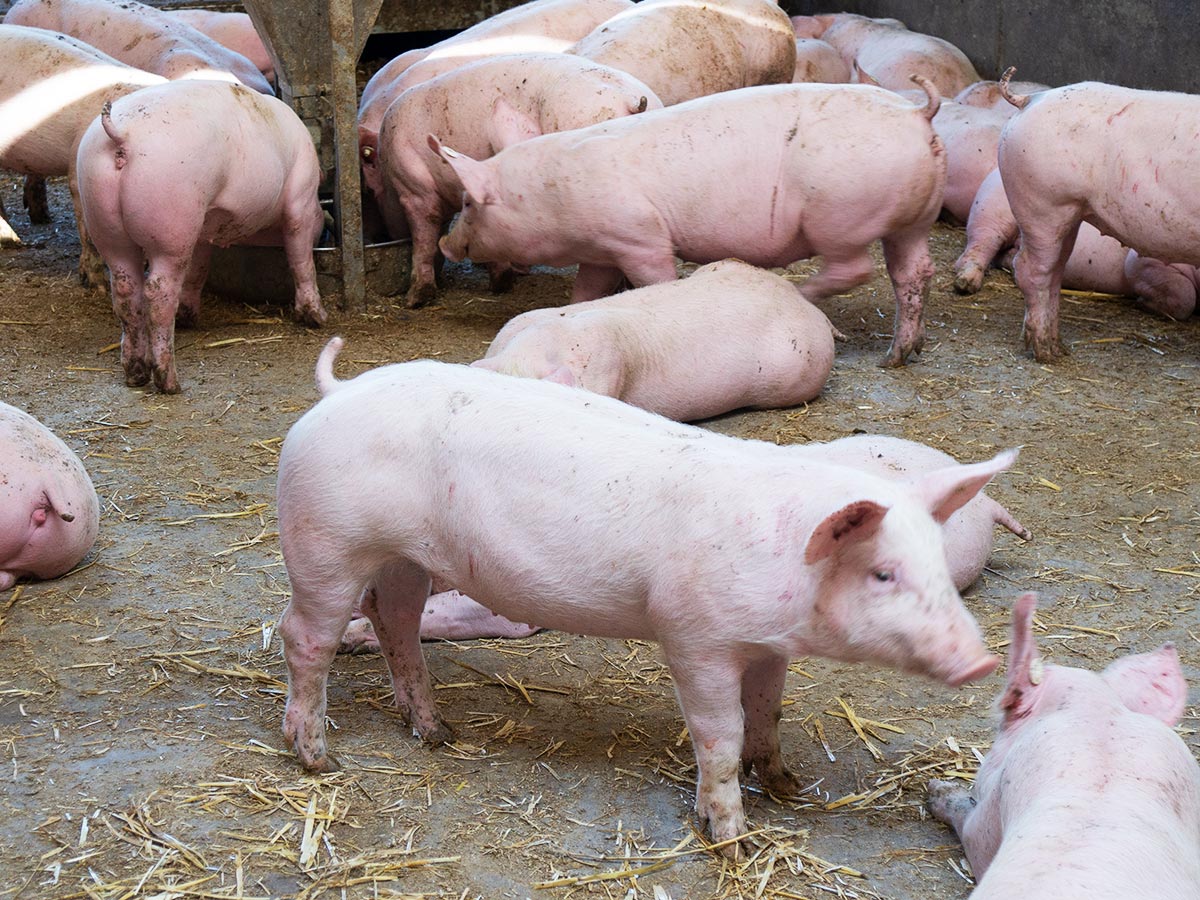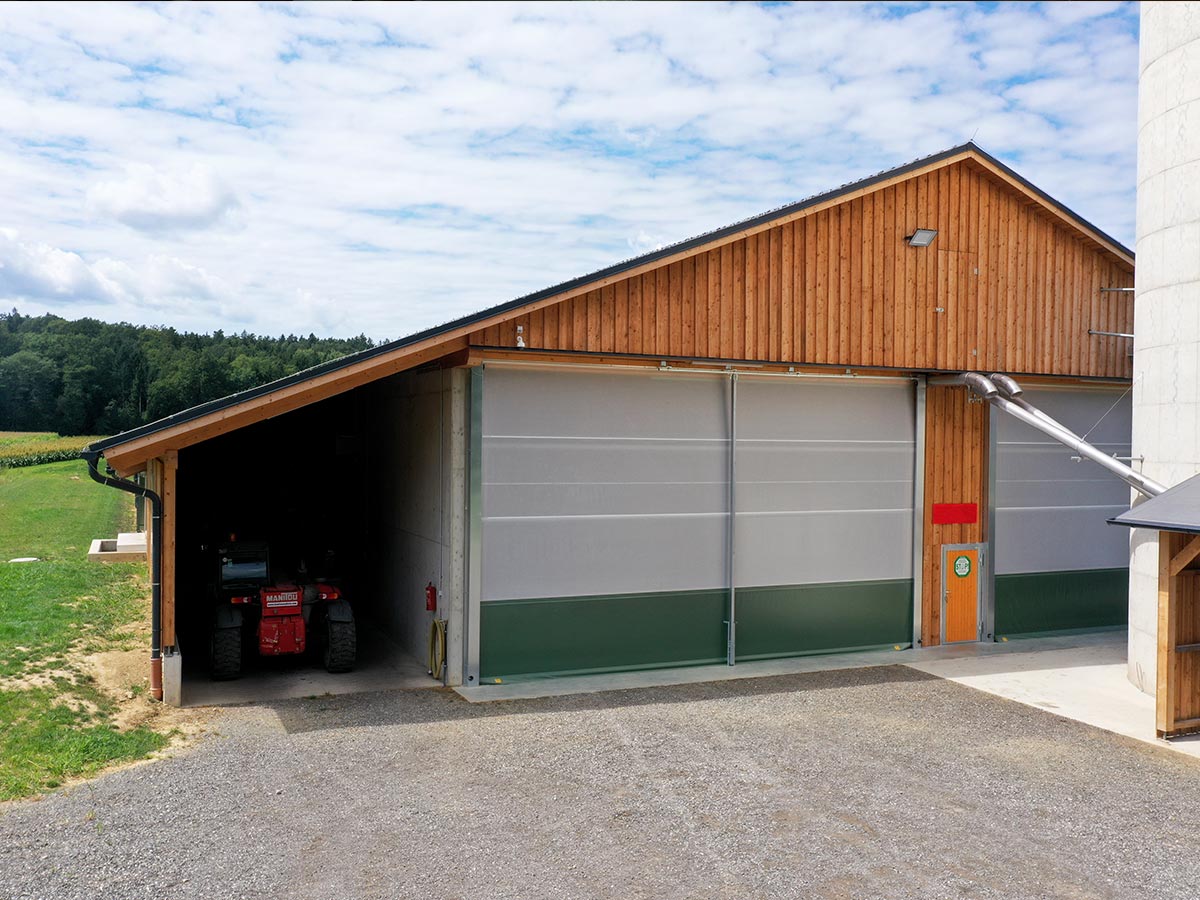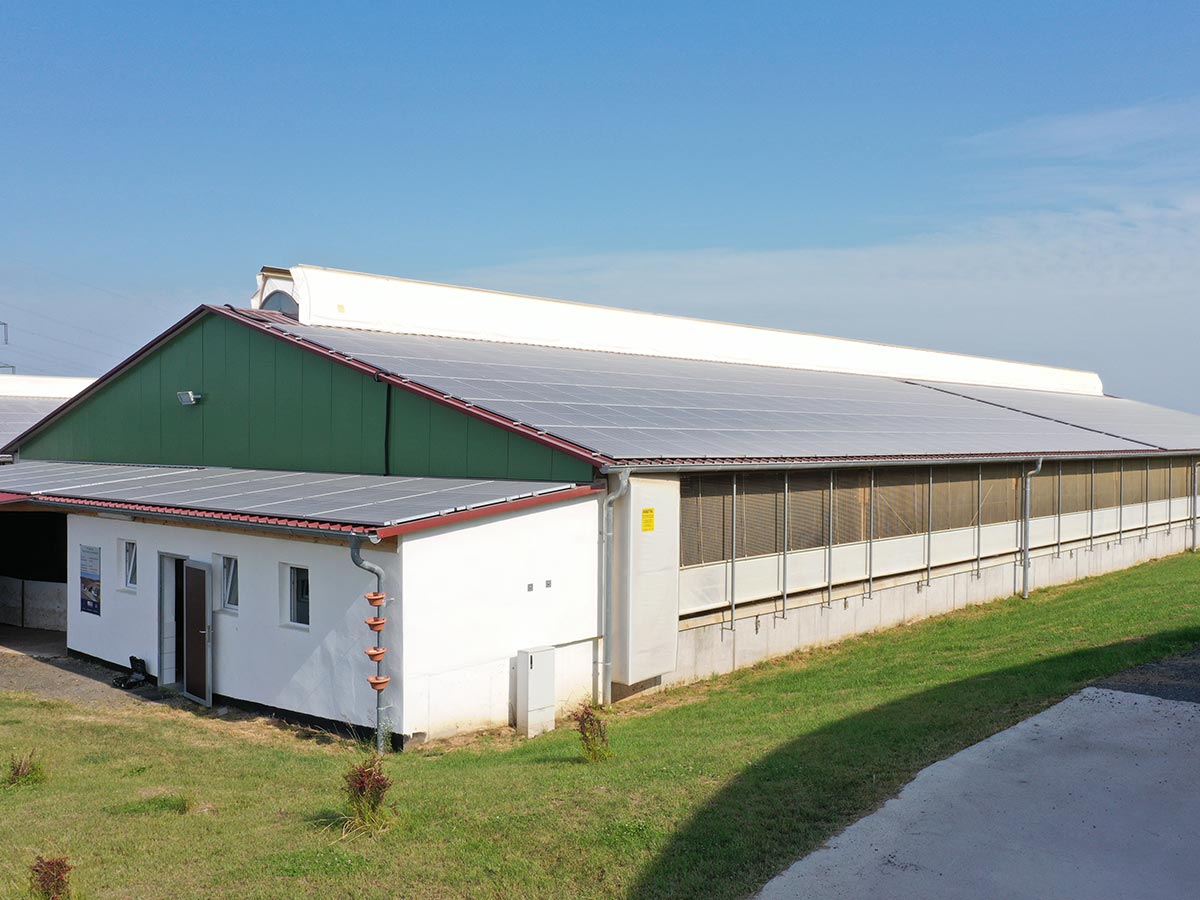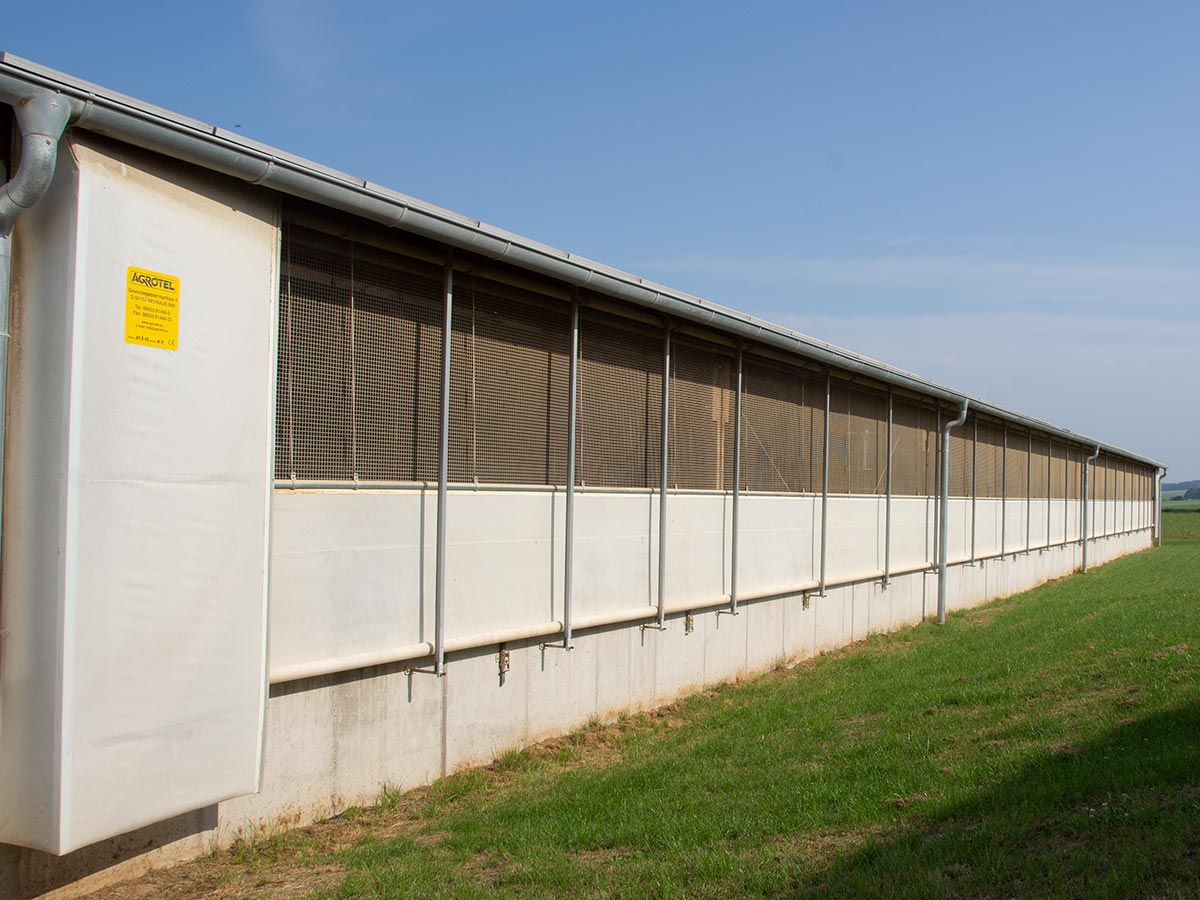Pig farming
After chicken farming, pig farming is the most important branch of livestock production worldwide and represents a critical source of income in European agriculture. However, the framework conditions for pig farming are increasingly influenced by societal demands and ideas.

Pig farming of the future
Pig farming systems of the future must be animal-friendly, environmentally sound, climate-friendly and consumer-oriented without compromising competitiveness.
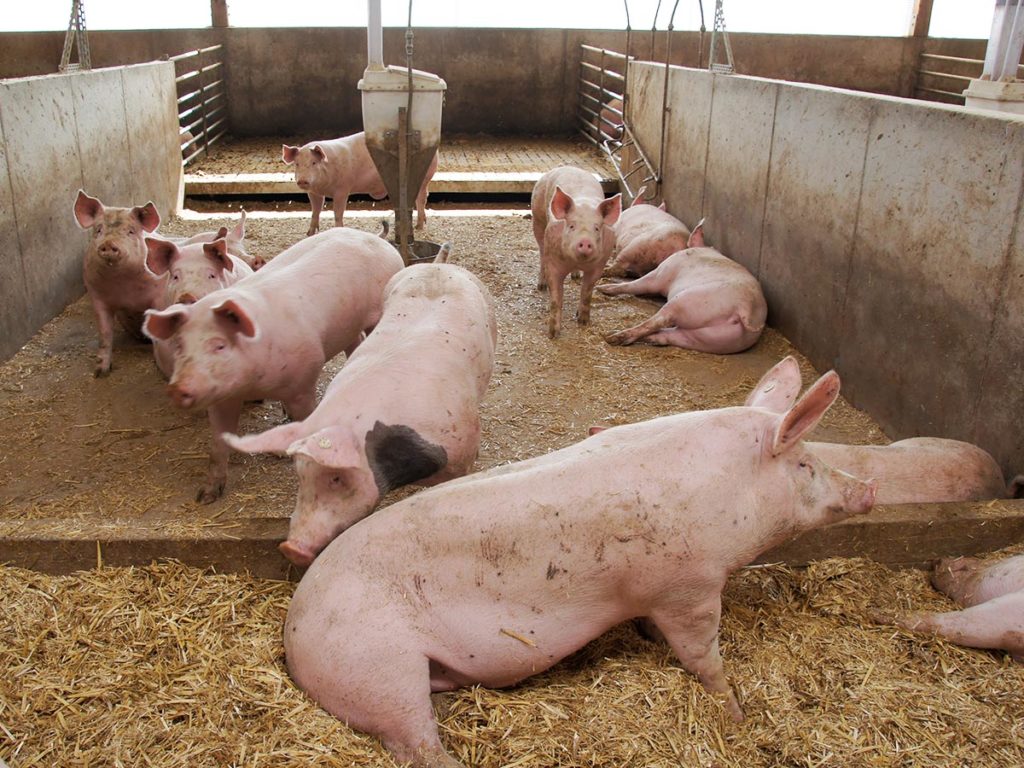
Highly specialised
The different production areas of breeding, piglet rearing and fattening place very different demands on the farmers and require highly specialised forms of husbandry.
EU-wide regulations and laws govern the construction of a pig barn. In Germany, these regulations are implemented by the “Tierschutz-Nutztierhaltungsverordnung” (TierSchNutztV) [ordinance on the welfare of farm animals].
The pig farming regulations at a glance
General stable conditions
• Construction and technical equipment in accordance with requirements
• Non-slip floor conditions
• Climatically adequate lying areas
• Minimised risk of injury and minimised health risks
Lightning
• Where artificial light sources are required, lighting must be provided for 8 hours a day.
• Adaptation to daily rhythm, sufficient light for orientation at night
• Light intensity in the animal area: stable > 80 lux; lying area > 40 lux
Piglet breading
• Prescribed stocking density in accordance with average weight
• Bedded, heatable and thermally insulated lying area (specified temperature in accordance with age and weight)
• Free access to feeding area
• One automatic drinker per 12 piglets
Stable climate
• Air circulation, temperature, dust level, humidity and gas concentration at a non-hazardous level
• Precise temperature regulations in the lying area of piglets
Pigs 30 kg
• Prescribed gap width and tread width depending on weight
• Stocking density depending on separation of lying and defecation areas and weight
• Access to feed and water
• Neck tethering is prohibited
Feeding and Care
• Health condition of the pigs must be checked in the morning and evening
• 1h mental and physical engagement per day (by straw, roughage or suitable objects)
Animal welfare and environmental protection in pig farming
Stricter regulations and changing framework conditions exposes pig farmers to new economic challenges. Innovative solutions are needed to combine animal welfare, environmental protection and competitiveness and achieve greater social acceptance.
Animal welfare
Animal welfare drawing increasing attention in pig farming. The aim of innovative husbandry systems is to meet consumer expectations through economical, practicable concepts. In practice, this means: plenty of light, fresh air, space and engagement. In Germany, particularly animal-friendly stables receive funding from the nationwide Agricultural Investment Funding Programme (AFP).
Environmental protection
Building permits for animal-friendly stables is also subject to the federal imission control act. Whether a barn gets a building permit depends on numerous factors, such as: Odour nuisance, dust and germ emissions, ammonia and nitrogen inputs. The paradox: animal-friendly stables with free ventilation and open air have higher emissions and are more difficult to approve than closed, forcibly ventilated stables.
More and more pig farmers are using outdoor climate stables for species-appropriate husbandry. The division into functional areas creates climatic stimuli. The animals are encouraged to move and benefit from natural ventilation and plenty of daylight.
An animal welfare pig stable meets the following conditions:
Free movement
Low concentration of corrosive gas
Light (at least 80Lux)
Access to organic materials to keep the animals occupied
Fresh air supply without draughts
Lying comfort in dedicated areas
Sidewall ventilation systems for optimum climate conditions
Light, shade & fresh air with AGROTEL curtains
Since 2006, so-called light-permeable areas have been prescribed by law in pig husbandry (3% light-permeable area). Through flexibly controllable curtains, cool outside air enters the barn and flows slowly through the animal area.
The AGROTEL curtains, which can be rolled up on both sides, also serve as shading, so that no health-endangering heat build-up can occur.
Ideal solutions for pig farming
Systematic natural ventilation
Light-Ventilation Ridge
The AGROTEL Light-Ventilation Ridge merges with AGROTEL Curtains to create an optimal natural ventilation concept. The fresh outside air enters the animal area, warms up and rises to the top. The ventilation ridge allows the polluted air to escape to the outside. In addition, daylight enters the barn from above.
Comfortable lying area
Rubber mats for walking and lying areas
Pigs like to rest together in a group and choose the area that is most comfortable in terms of climate and floor conditions. An area that is accepted as a resting place, should be dry and cushioned. AGROTEL lying mattresses and rubber mats form the perfect base for bedding with straw. They are hygienic and easy to clean.

